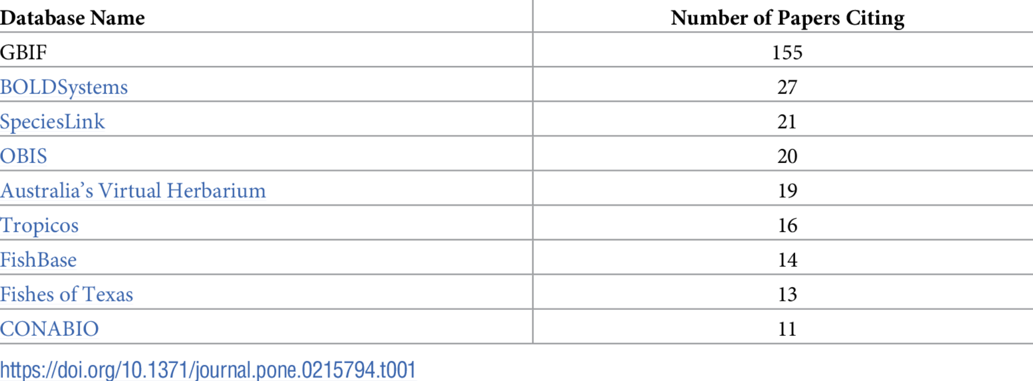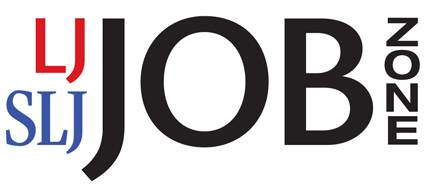Research Article “Research Applications of Primary Biodiversity Databases in the Digital Age”
The following article was recently published by PLoS ONE.
Title
Research Applications of Primary Biodiversity Databases in the Digital Age
Authors
Joan E. Ball-Damerow
Field Museum of Natural History
Laura Brenskelle
Florida Museum of Natural History, U. of Florida
Narayani Barve
Florida Museum of Natural History, U. of Florida
Pamela S. Soltis
Florida Museum of Natural History, U. of Florida
Petra Sierwald
Field Museum of Natural History
Rüdiger Bieler
Field Museum of Natural History
Raphael LaFrance
Florida Museum of Natural History, U. of Florida
Arturo H. Ariño
Universidad de Navarra, Pamplona, Spain
Robert P. Guralnick
Florida Museum of Natural History, U. of Florida
Source
PLoS ONE
DOI: 10.1371/journal.pone.0215794
Abstract
Our world is in the midst of unprecedented change—climate shifts and sustained, widespread habitat degradation have led to dramatic declines in biodiversity rivaling historical extinction events. At the same time, new approaches to publishing and integrating previously disconnected data resources promise to help provide the evidence needed for more efficient and effective conservation and management. Stakeholders have invested considerable resources to contribute to online databases of species occurrences. However, estimates suggest that only 10% of biocollections are available in digital form. The biocollections community must therefore continue to promote digitization efforts, which in part requires demonstrating compelling applications of the data.
Our overarching goal is therefore to determine trends in use of mobilized species occurrence data since 2010, as online systems have grown and now provide over one billion records. To do this, we characterized 501 papers that use openly accessible biodiversity databases. Our standardized tagging protocol was based on key topics of interest, including: database(s) used, taxa addressed, general uses of data, other data types linked to species occurrence data, and data quality issues addressed. We found that the most common uses of online biodiversity databases have been to estimate species distribution and richness, to outline data compilation and publication, and to assist in developing species checklists or describing new species. Only 69% of papers in our dataset addressed one or more aspects of data quality, which is low considering common errors and biases known to exist in opportunistic datasets.
Globally, we find that biodiversity databases are still in the initial stages of data compilation. Novel and integrative applications are restricted to certain taxonomic groups and regions with higher numbers of quality records. Continued data digitization, publication, enhancement, and quality control efforts are necessary to make biodiversity science more efficient and relevant in our fast-changing environment.
Direct to Full Text Article
Filed under: Data Files, Digital Preservation, Journal Articles, Management and Leadership, News, PLOS, Preservation, Publishing
About Gary Price
Gary Price (gprice@gmail.com) is a librarian, writer, consultant, and frequent conference speaker based in the Washington D.C. metro area. He earned his MLIS degree from Wayne State University in Detroit. Price has won several awards including the SLA Innovations in Technology Award and Alumnus of the Year from the Wayne St. University Library and Information Science Program. From 2006-2009 he was Director of Online Information Services at Ask.com.



